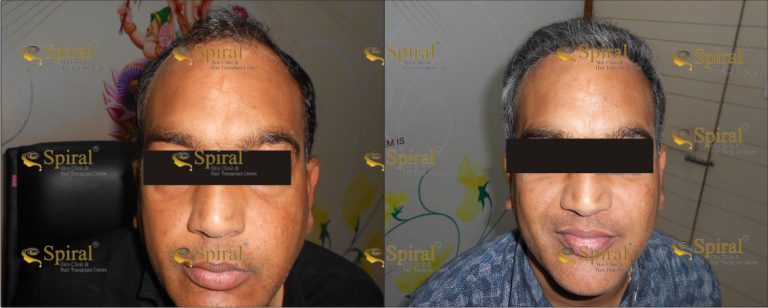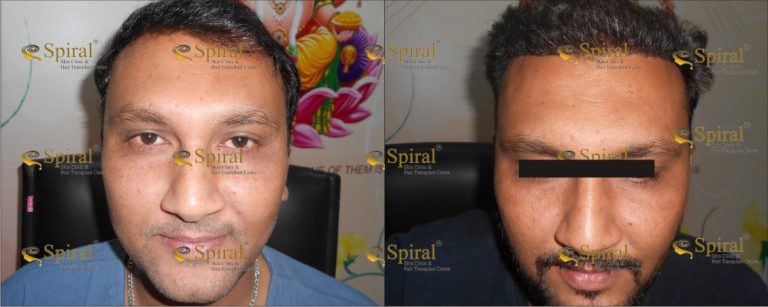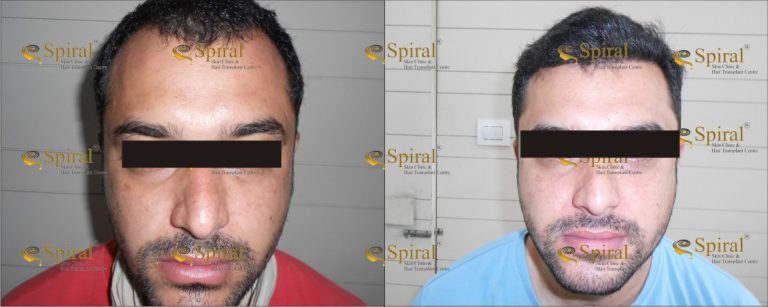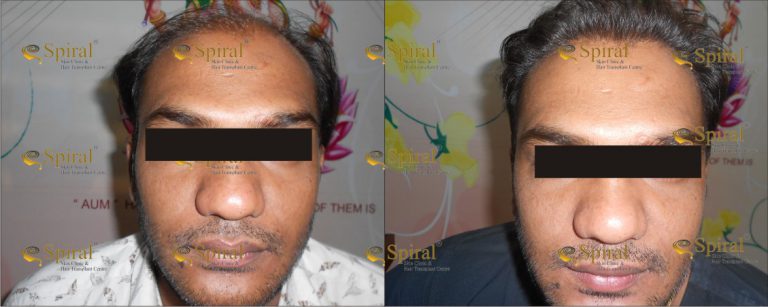
WHAT IS HAIR TRANSPLANTATION?
Hair loss is an embarrassing condition for many, especially when it is at a young age. Many men and women suffer from baldness these days and in order to conceal it, look for options available in the market. Though there are many temporary solutions, the most permanent solution is hair transplantation. The methods to remove the grafts include, Sapphire Follicular Unit Extraction, Follicular Unit Transplantation (FUT) and Regular Follicular Unit Extraction (FUE).
SAPPHIRE HAIR TRANSPLANTATION:
Sapphire fue tool uses blades made of sapphire, which is a durable, valuable gemstone. The tool comes with sapphire blades instead of regular steel blades to make incisions for hair transplant procedure.
During hair transplant operation, many channels are incised at the recipient zone. Opening the channels following the sapphire method is very effective. As sapphire is more durable than steel, the whole process becomes easier. Therefore, it can be said that material used to make the hair transplant tool has a great importance on the success rate of operations.
Sapphire tool has a V shaped pin, while regular tools have pin that are made of steel. Having a V shaped pin helps the sapphire tool to make more accurate incisions that helps opened channels be smaller. This reduces the probability of damages on neighbor follicles and scarring. Therefore, sapphire fue hair transplant is an ideal method for both men and women suffering from recent hair loss since the hair density is considered to be high.
Advantages of Sapphire FUE method?
- Sapphire blades enable channels to be on a smaller scale. Therefore, the scarring after the operation is almost invisible. The tissue damage is minimal so it recovers quicker and the skin remains softer.
- The quality of the sapphire tools lowers the risk of trauma.
- The post-operation pain is minimal.
- Sapphire hair transplant method ensures higher success rate and higher hair volume.
- Following this method creates more natural hairline.
- Lower risk of complications
In FUT method, a strip of scalp is cut out from the back of the head and is dissected into individual grafts.
FUE method of hair transplantation involves taking the individual follicular units/grafts from the back of the head one by one by cutting around it through a tiny specialised machine and removing them. The process is tedious and takes a few hours but is painless after a few numbing injections are given.
The rest of the procedure remains the same in both techniques. Tiny sites are created using very fine blades and needles in the balding areas after numbing them again with local anaesthetic injections. These grafts are then inserted in the sites on the front of the head or wherever there is hair loss.
Who Benefits From Hair Restoration Surgery?
Anyone who has experienced permanent hair loss may be a candidate for hair restoration surgery, including:
- Men with male pattern baldness
- Men with diffuse hair loss and decrease density
- Women with thinning hair – female pattern thinning and baldness
- People with areas of scarring from injuries or hair loss after face lift procedures
- People who want to thicken or restore eyebrows, eyelashes, and beards
What Anesthesia Is Used In Hair Transplant Surgery?
Hair transplant procedures generally take from 6-10 hours and are performed using local anesthesia on an out-patient basis. Patients are often awake but feel relaxed as they are given a mild sedative. There is usually little or no pain during the surgical procedure. In general the only pain experienced is associated with administering this anesthetic. Most patients liken this discomfort to the sensation of a bee sting. There should be no other pain experienced during the procedure. Nowadays no bandage is necessary on the scalp at the end of the procedure but a small head band will secure the donor to prevent swelling. The donor area, where the permanent grafts are taken, is covered by dressing which will be removed next day .in FUE there are no stitches or cut given so no linear visible scar anywhere on the scalp. In fact, once the receptor site has completely healed, it is virtually impossible to detect that any sort of hair transplant procedure has taken place. Unlike previous methods, like strip incision, where an unattractive linear scar was exposed in the donor area, FUE does not leave ugly, unbearable scars on the head. Instead, the tiny slits that are cut in the recipient area are conveniently hidden by new hair. The final result of FUE in all patients is that of a seamless, natural, healthy-looking head of hair.
When Should I Consider Hair Transplant?
Patients may have hair restoration surgery at any age. It is often better to start when you are not completely bald so that you can use existing hair to help camouflage the effect of the procedure. However, because hair loss tends to be both gradual and progressive, it is often unwise to start surgical treatment in a patient who is very young. Medical treatments such as Minoxidil may be offered to men with mild to moderate hair loss to help preserve thinning hair in the crown.
Hair transplants can be used to fill-in the front hairline and thicken the front half of the scalp, and medical treatments can be used to maintain hair behind the transplants and to possibly enhance the long-term results of hair restoration surgery. Dr Mahesh Patel will work with you to design an individualized plan to fulfill your specific needs.
How Do I Know If I Am A Good Candidate?
An ideal candidate is someone with dense hair in the permanent fringe of hair-bearing scalp which is at the side and back part of your head. A patient with light-colored hair and pale skin (as opposed to dark hair and light skin) may appear to have a denser look. While hair transplants look very natural, the end result may not achieve the density or total coverage that you had when you were a teenager.





